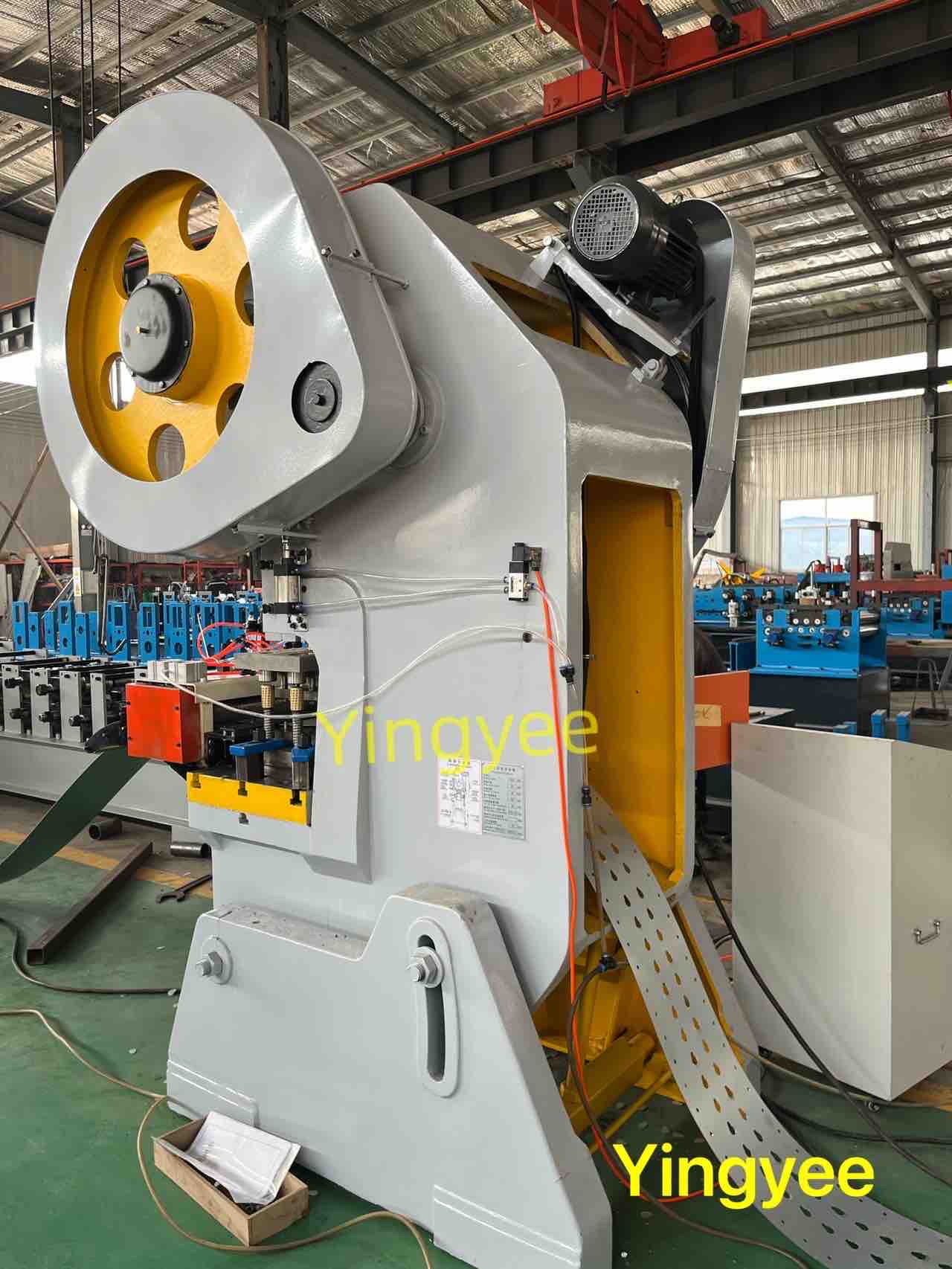
The H Beam Welding Line Enhancing Structural Integrity in Construction
In the realm of modern construction and engineering, the demand for efficient and reliable steel fabrication processes has increased significantly. One critical component of this fabrication is the H beam, a robust structural element extensively used in building frameworks, bridges, and various other engineering projects. Central to the production of H beams is the H beam welding line, a sophisticated assembly of machines and processes designed to deliver high-quality welded beams with precision and efficiency.
Understanding H Beams
H beams, also known as universal beams, are characterized by their H-shaped cross-section, which provides excellent load-bearing capabilities. The horizontal flanges and vertical web create a strong structure that can withstand heavy loads while minimizing material use. As construction demands evolve, so does the need for enhanced fabrication processes that ensure these beams meet stringent safety and durability standards.
The Importance of Welding in H Beam Manufacturing
Welding is a critical process in the fabrication of H beams, joining steel components to produce a finished product that is both strong and stable. The H beam welding line incorporates various advanced welding techniques, such as submerged arc welding (SAW), gas metal arc welding (GMAW), and flux-cored arc welding (FCAW). Each method has its advantages, enabling manufacturers to choose the best technique based on the specific requirements of their project.
Submerged arc welding, for instance, provides deep penetration and high deposition rates, making it suitable for thick materials often found in heavy-duty applications. On the other hand, gas metal arc welding offers versatility and is ideal for thinner sections, allowing for intricate joint designs and reduced heat distortion.
Components of the H Beam Welding Line
An efficient H beam welding line consists of various components working in harmony to ensure a seamless production process. The line typically includes
1. Material Preparation Stations Sheets of steel are cut to size and shaped into web and flange sections. Precision cutting is crucial to ensure a proper fit during welding.

2. Assembly Jigs These fixtures hold the steel components in place, ensuring accurate alignment and consistency. Proper jigging minimizes the risk of warping and ensures that the finished product adheres to specified dimensions.
3. Welding Machines State-of-the-art welding machines are employed to join the sections. Automation in these machines enhances production speed and consistency while reducing human error.
4. Post-Weld Treatments After welding, H beams often undergo various treatments like stress relief, grinding, and surface finishing to improve their mechanical properties and appearance.
5. Quality Control Stations Quality assurance is critical in the manufacturing process. Inspection stations utilize advanced technologies, such as ultrasonic testing and X-ray examinations, to ensure that each beam meets industry standards and specifications.
Advantages of a Specialized Welding Line
The implementation of an H beam welding line brings numerous advantages to manufacturers and end-users alike. Primarily, it significantly increases production efficiency, allowing for higher output within shorter time frames. The integration of automation further enhances this efficiency, reducing labor costs and minimizing the potential for human error.
Additionally, the precision engineering of these lines results in high-quality products that contribute to safer and more reliable structures. Enhanced quality control processes ensure that each H beam produced meets stringent safety regulations, thereby reducing the likelihood of structural failures.
Conclusion
As the construction industry continues to evolve, the need for advanced fabrication techniques becomes increasingly apparent. The H beam welding line stands out as a pivotal development in this domain, facilitating the production of robust structural elements that are vital for contemporary engineering projects. By harnessing advanced welding methods and implementing state-of-the-art technology, manufacturers are not only able to improve efficiency but also ensure the structural integrity and safety of their products. As we move toward a more demanding future in construction and engineering, the H beam welding line will undoubtedly play a crucial role in shaping our built environment.